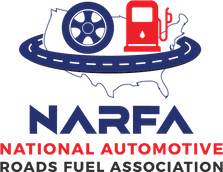Under the employer shared responsibility (“pay or play”) provisions of the Affordable Care Act, applicable large employers-generally those who had 50 or more full-time employees (including full-time equivalent employees)-may be subject to a penalty if they do not offer affordable coverage that provides minimum value to their full-time employees and their dependents. For plan years beginning in 2019, the Internal Revenue Service has announced that coverage will generally be considered affordable if the employee’s required contribution for the lowest cost self-only health plan offered is 9.86% or less of his or her household income for the taxable year. For plan years beginning in 2018, the applicable percentage is 9.56%.
Given that employers are unlikely to know an employee’s household income, they may use a number of safe harbors to determine affordability, including reliance on Form W-2 wages.
We’ll have more information on this as it comes available. In the meantime, please contact us with any questions or to learn more about how our powerful association keeps our member businesses strong and stable during all economic times. Our leading employee benefit programs are designed specifically for your business.
Recent Posts
The U.S. Department of Labor Announces Proposed Rule To Protect Indoor, Outdoor Workers From Extreme Heat
The U.S. Department of Labor has proposed a new rule aimed at protecting workers from extreme heat hazards. This initiative seeks to safeguard approximately 36 [...]
Supreme Court Overturns Chevron Deference: What It Means for Workplace Safety and Regulation
The landscape of federal regulation is set for a seismic shift following a recent Supreme Court decision. On June 28, in Loper Bright Enterprises, et [...]
Navigating the Compliance Maze: How NARFA Simplifies Employee Benefits for Automotive and Trade Industries
In today's complex regulatory environment, businesses in the automotive, roads, fuel, and related industries face unprecedented challenges in managing employee benefits. Recent studies show that [...]




